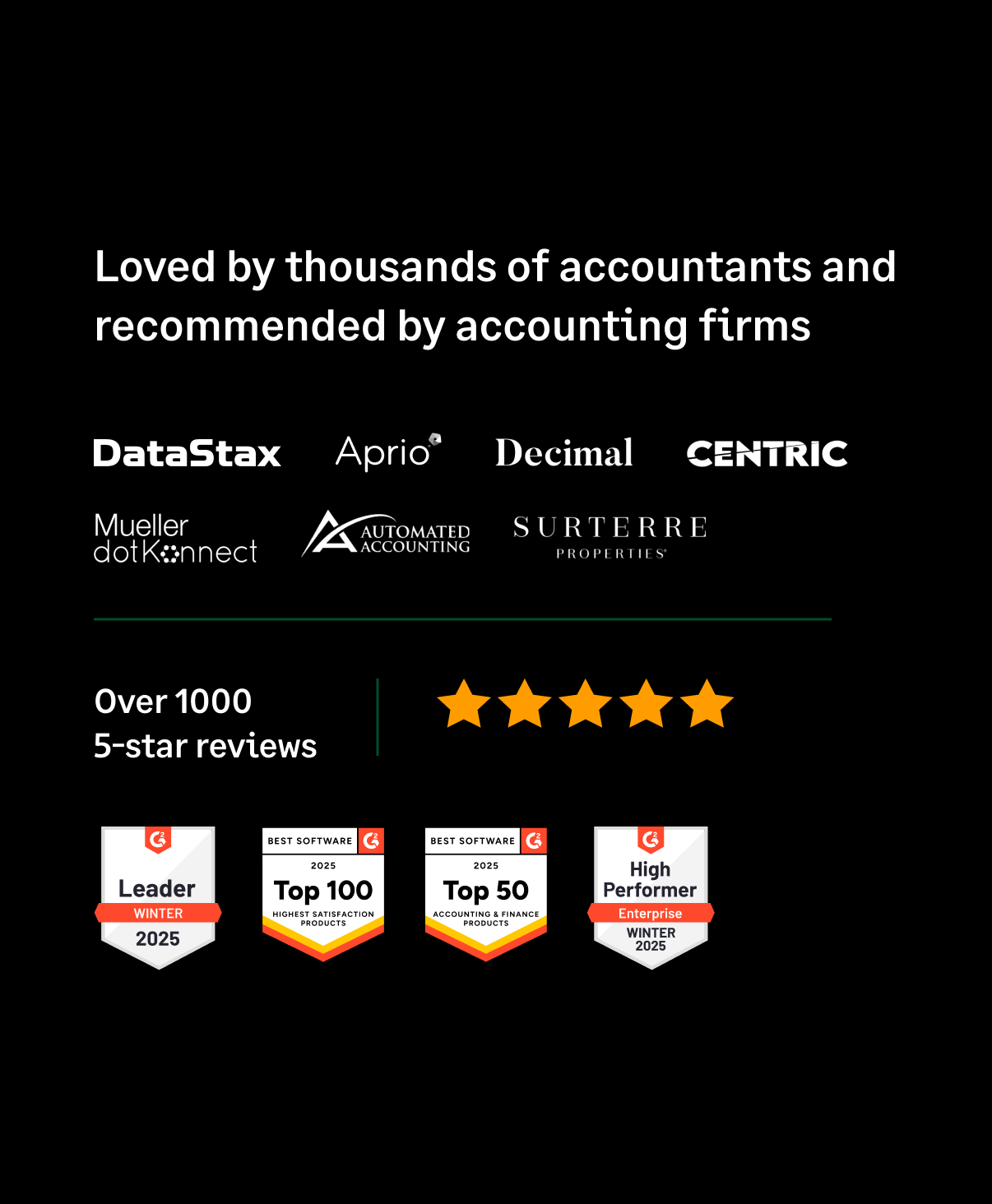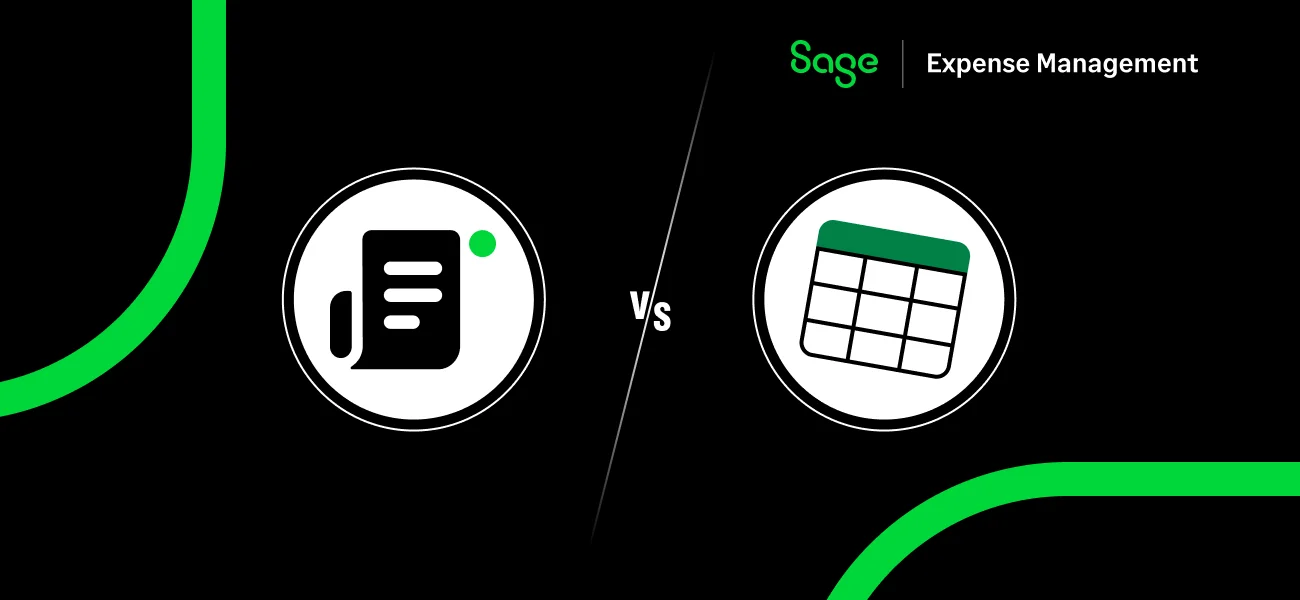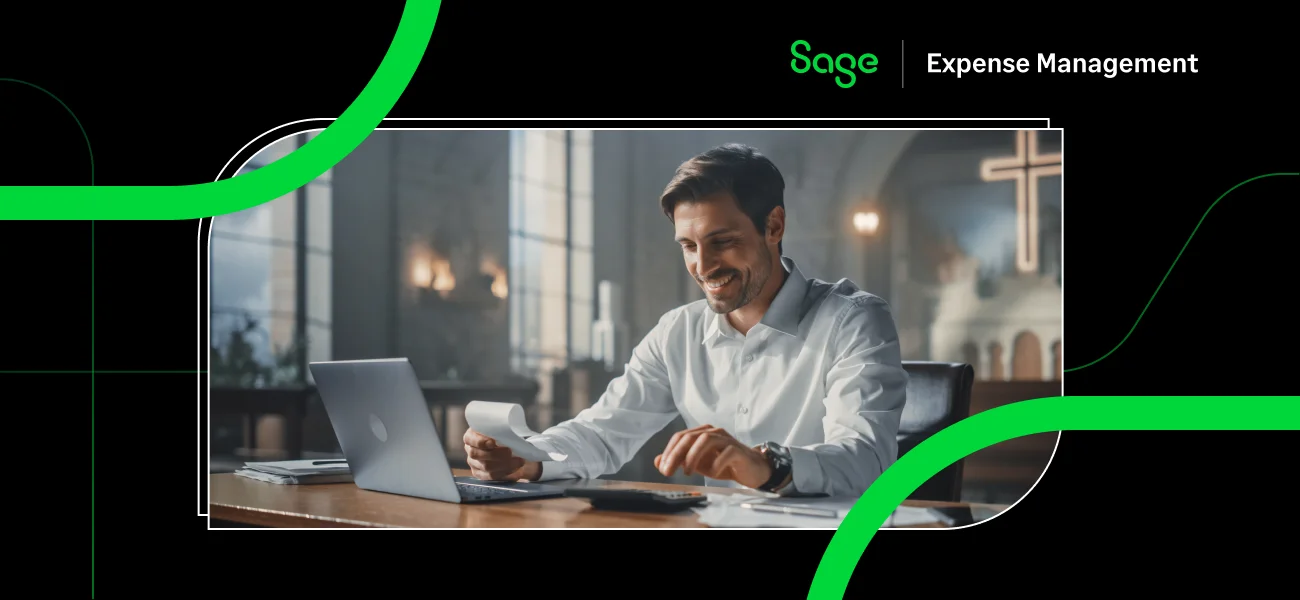Managing expense reimbursements manually can be time-consuming and frustrating. We’ve all been there: chasing down a crumpled receipt for a few dollars, manually entering data into a spreadsheet, and then trying to reconcile it all against a bank statement. This outdated process is not only a source of constant friction but also a compliance risk for businesses of all sizes.
The good news is that the era of manual expense reimbursement is over. In this guide, we'll demystify the process, break down the crucial IRS rules you need to know, and show you how to transform a common administrative headache into a streamlined, automated process that saves your business valuable time and money.
What Is An Expense Reimbursement?
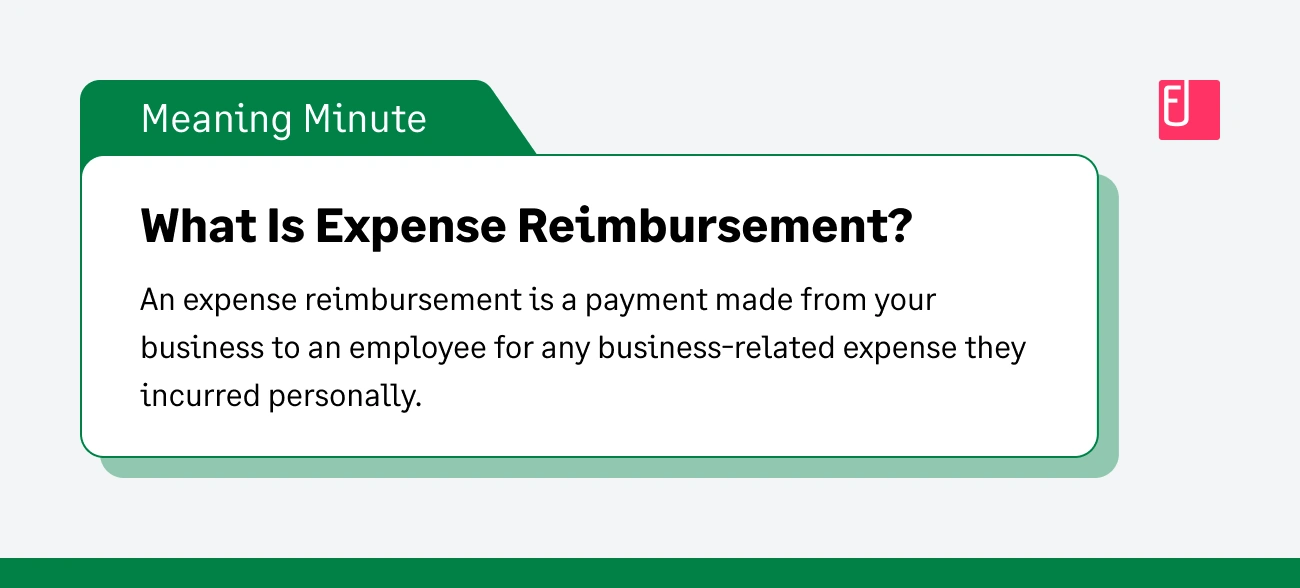
An expense reimbursement is the repayment of money an employee has spent out-of-pocket for business-related purposes. Think of it as a promise from the company to cover a cost that an employee incurred on its behalf.
The reimbursed amount should exactly match the expense paid by the employee, and the process should be as seamless as possible to ensure employees aren't out of pocket for too long.
What Expenses Can I Reimburse?
The IRS has a simple, yet crucial, rule for what can be reimbursed: expenses must be "ordinary and necessary" for your business. An expense is "ordinary" if it's common and accepted in your industry. An expense is "necessary" if it is appropriate and helpful for your business operations.
Common reimbursable expenses include:
- Business Travel: This covers all costs incurred while an employee is away from their tax home for a temporary period. This includes airfare, lodging, local transportation, and meals.
- Client Entertainment & Meals: The cost of meals with a client is typically 50% deductible and must have a clear business purpose. For example, a lunch with a potential client to discuss a new project is a common reimbursable expense.
- Office Supplies: This includes purchases for a home office or remote workspace, such as pens, paper, printers, and other essential supplies.
- Professional Development: This covers costs for training, certifications, and workshops that are directly relevant to an employee's job function or professional growth.
- Tools and Equipment: Costs for machinery, equipment, or software that are used exclusively for business purposes.
- Home Office Expenses: A portion of an employee's home expenses, such as utilities, rent, or mortgage interest, can be reimbursed if they have a dedicated and regular workspace that is their principal place of business.
- Telephone and Internet: The cost of an employee's business phone line or the business portion of their internet bill.
Also Read
- Business Expense Categories: 41 Tax Deductible Expenses You Need to Know
- Still Struggling to Track and Report Out-of-Pocket Expenses?
Why is a Good Expense Reimbursement Policy Important?
Finding good talent is tough, which is why businesses are blurring boundaries when it comes to hiring the right candidates. A clear policy ensures that your company:
- Attracts Top Talent: A clear, generous reimbursement policy can be a powerful competitive advantage, encouraging highly sought-after candidates from different cities to apply.
- Builds Trust and Enhances the Employee Experience: A streamlined process removes a common source of frustration for employees. When employees are reimbursed quickly and effortlessly, it builds trust and improves morale.
- Ensures Fairness and Consistency: A standardized policy ensures all employees are treated equitably and prevents confusion by answering questions like:
- What are the reimbursable and non-reimbursable expenses?
- How much can the employee spend on specific categories?
- How long does the reimbursement process take?
- Maintains Financial Control: A well-defined policy gives your business a clear framework for managing costs and preventing overspending before it happens.
IRS Rules and Tax Implications around Employee Reimbursements
Navigating expense reimbursement means understanding one crucial rule: the "accountable plan." Getting this right ensures that reimbursements are not treated as taxable income for your employees.
Are Reimbursed Expenses Taxable?
The entire reimbursement for business expenses under a non-accountable plan is considered taxable income to the employee. This means the employee will receive the reimbursement amount on their W-2 and owe income taxes on it.
In contrast, accountable plans allow employees to be reimbursed for legitimate business expenses without them being taxed on the reimbursement. For accountable plans, receipts are required for the employee to claim the deduction for business expenses.
For more information, please refer IRS 26 CFR 1.62-2: Reimbursements and other expense allowance arrangements.
Accountable vs Non-Accountable Reimbursement Plan

Accountable Reimbursement Plan
An accountable plan is an employee expense reimbursement method for out-of-pocket expenses on a non-taxable basis.
Under the accountable plan, employees must:
- Incur ordinary and necessary business expenses.
- Adequately account for expenses with receipts and detailed reports within a reasonable time frame (typically 60 days).
- Return any excess reimbursement received over documented expenses.
Benefits:
- Reimbursed amounts are generally excluded from employee income (not taxed).
- The company can deduct the reimbursed expenses as business costs.
Non-Accountable Reimbursement Plan
A non-accountable employee expense reimbursement plan does not follow the IRS guidelines for an accountable plan. These plans are simpler to manage but offer less tax advantage.
Employees don't need to submit detailed expense reports, but:
- The entire reimbursement amount is considered taxable income for the employee.
- The company can only deduct the actual documented business expense portion, not the entire reimbursement.
For more information, please refer IRS 26 CFR 1.62-2: Reimbursements and other expense allowance arrangements.
Documentation Requirements: What the IRS Requires
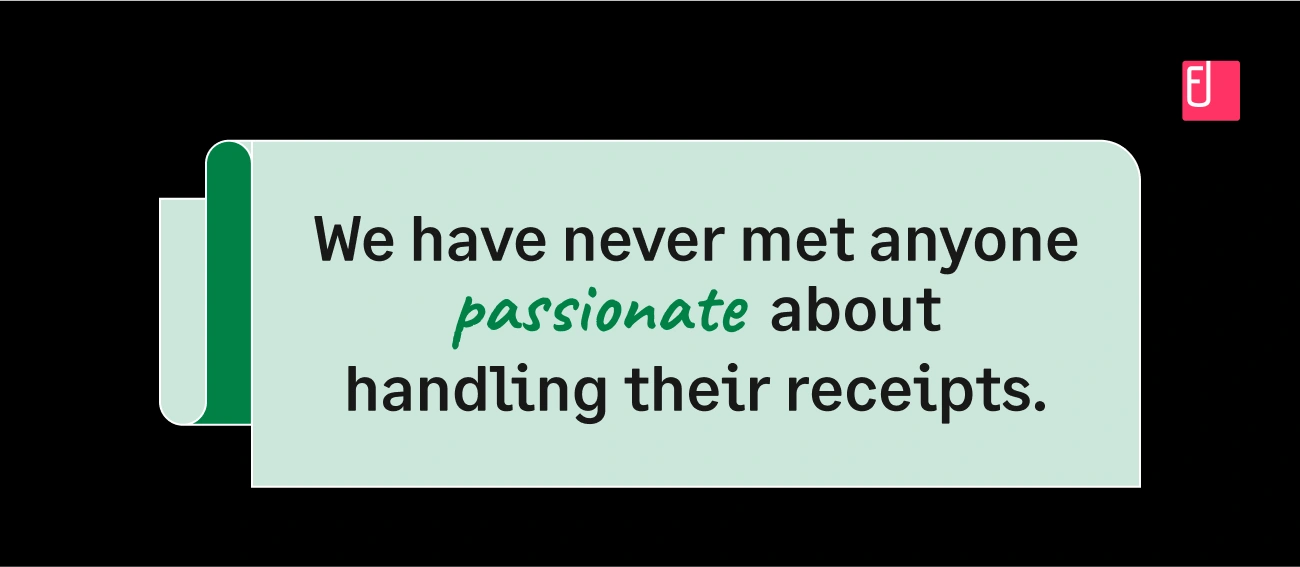
The IRS places the "burden of proof" on the business to substantiate all deductions. A reimbursement policy must require adequate documentation to satisfy this rule.
- The $75 Rule: While receipts are generally required for all expenses, the IRS has a "de minimis" rule where receipts are not needed for non-lodging expenses under $75. However, you must still record the amount, time, place, and business purpose of the expense.
- What is "Substantiation"?: For all other expenses, the employee must provide substantiation that proves the amount, time, place, and business purpose of the expense. This is most often a receipt or paid bill that clearly shows the date and amount of the expense.
Also Read

The "Reasonable Period of Time" Rule
For an accountable plan, a key requirement is that the employee must submit their expenses and return any excess reimbursement within a "reasonable period of time". The IRS considers an expense substantiated within a reasonable period of time if it is submitted to the payor within 60 days after it is paid or incurred.
How to Create An IRS Compliant Employee Expense Reimbursement Policy?
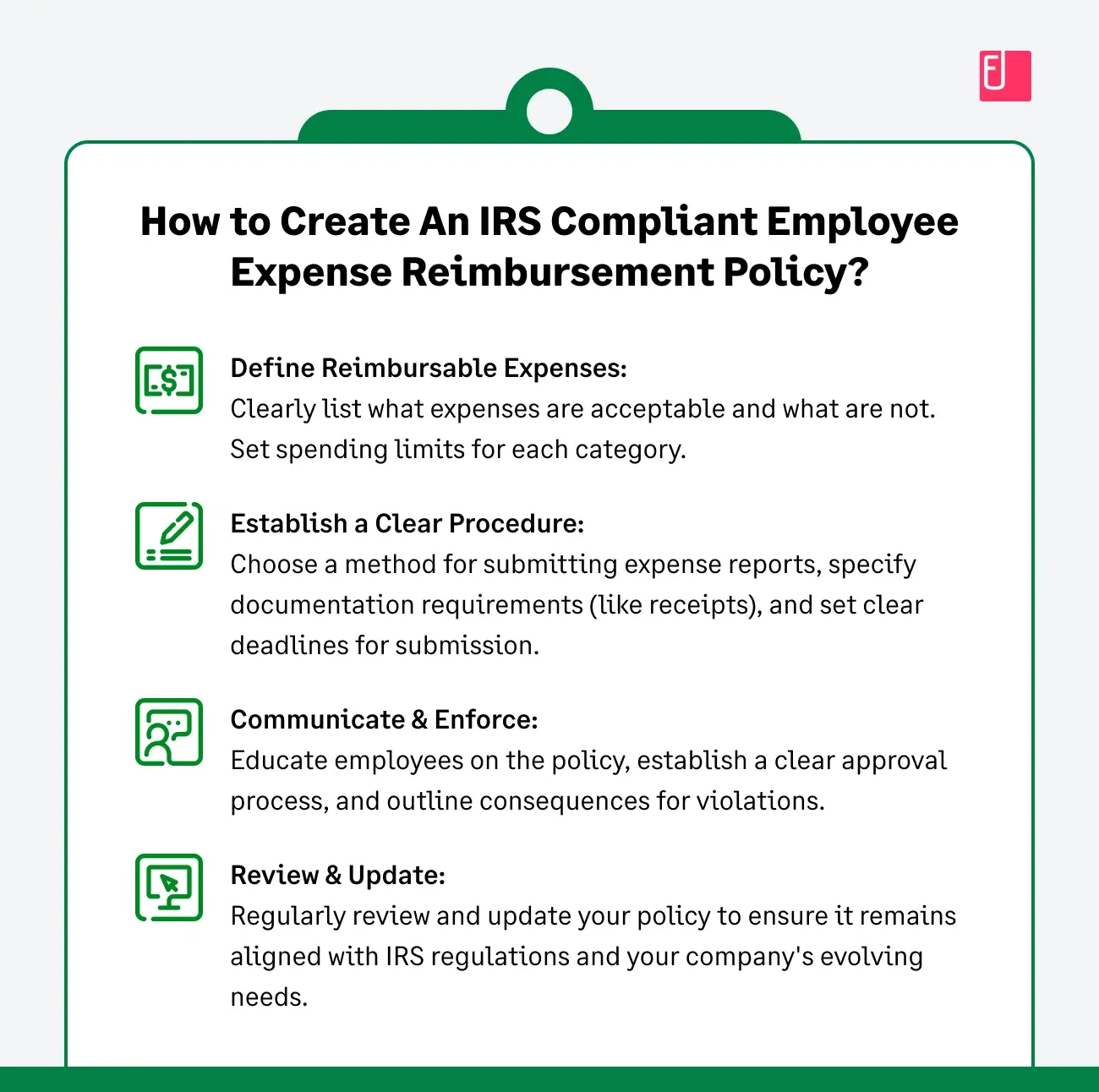
A well-defined employee reimbursement clarifies what business expenses your company will reimburse and sets expectations for employees. It helps ensure responsible spending and simplifies the expense reimbursement process. Here’s how you can create one:
Define Reimbursable Expenses
You’ll need to begin by defining what expenses are acceptable and reimbursable. Here are the most employee expenses that are reimbursed:
- Business travel: Outline what travel-related costs you will cover, such as transportation, meals, and lodging. Specify limitations, like the mileage rate for cars or daily allowances.
- Business entertainment: Determine if you’ll cover entertainment expenses for clients or colleagues. Set guidelines and require justifications for these expenses.
- Other business expenses: List other expenses you’ll reimburse, such as professional development courses, subscriptions, or home office supplies. Set spending limits if necessary.
Expense Reporting Procedure
- Method: Choose a method for submitting expense reports–paper forms, spreadsheets, or an expense report software.
- Documentation requirements: Specify the valid proof of purchase for each expense type (invoices, receipts, etc.)
- Deadlines: Set clear deadlines for submitting expense reports (e.g., within 14 days of a trip).
Communication and Enforcement
- Employee Education: Distribute the policy document to all employees and explain key points during training sessions.
- Approval Process: Establish an approval process for expense reports, specifying who has authority to approve based on expense amount.
- Consequences: Outline potential consequences for violating the policy, such as non-reimbursement of expenses or disciplinary action.
Review and Update
- Regularly review your policy to ensure it aligns with IRS regulations and your company's evolving needs.
- Update the policy as needed and communicate changes to employees.
How To Reimburse Employees For Expenses?
The answer to this question depends on your company’s typical reimbursement volume, frequency, and how much time your accounting team can dedicate to managing each option.
Payroll
This is often the simplest and quickest method. Just add a reimbursement line item to their next paycheck. For accountable plans, these reimbursements are added without income tax withholding.
Checks
The accounting team can write individual checks for reimbursements, either based on each expense report or in a monthly batch.
Using an Expense Reimbursement Software
If you use an expense management platform, reimbursements can be automated. Many platforms, like Sage Expense Management, allow employees to receive reimbursements with just a single click, typically through ACH transfer.
Why You Should Use Sage Expense Management (formerly Fyle) To Pay Your Expense Reimbursements
Sage Expense Management is the perfect partner for any expense reimbursement policy, providing the automation and accuracy needed to simplify the process.
Real-time Receipt Collection and Reconciliation

Sage Expense Management connects directly to your business credit card, giving you instant text notifications each time your card is swiped.
Employees can reply with a picture of the receipt for automatic reconciliation. This revolutionary approach slashes the "receipt chase" for even small, often-lost items.
You can also submit and track receipts using text messages and other everyday apps like Slack, Gmail, Outlook, and Teams, making the process faster and easier for employees.
Automated Policy Checks
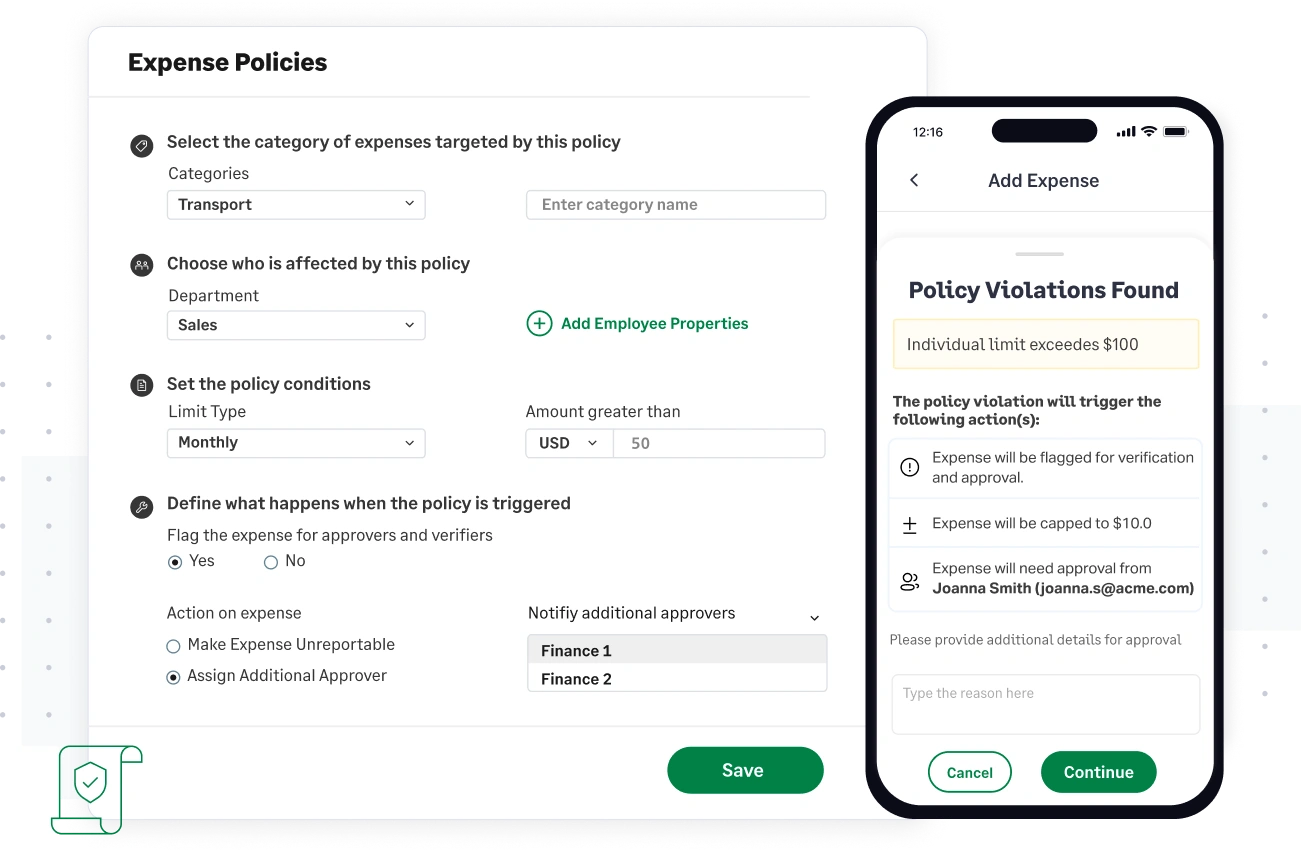
Sage Expense Management's AI checks expenses against pre-configured policies before submission, flagging any potential issues.
Direct ACH Reimbursements

Sage Expense Management allows for secure and fast reimbursements directly deposited into employee accounts via ACH (US only).
FAQs around Employee Expense Reimbursements
What Does Reimbursement Mean?
Reimbursement means the act of paying back someone for money they have spent on your behalf.
For example, if you travel for work and your company covers your expenses, you might submit receipts for your flights, hotels, and meals. Your company will then reimburse you for these costs.
What Is A Reimbursable Expense?
A reimbursable expense is a cost that is expected to be paid back. It's a financial obligation that the other party has agreed to fulfill. This could be a company, a client, or even a friend.
For instance, if your boss says, "Your travel expenses are reimbursable," they're essentially promising to pay you back for the money you spend on work-related travel.
Do I Need Receipts To Reimburse An Employee?
It depends. If you have an accountable reimbursement plan in place, receipts are required to ensure proper documentation and avoid implications.
The IRS generally does not require receipts for a non-accountable plan. However, as a best practice, it’s recommended that you keep your receipts safe, as they are the only accepted proof of purchase if the IRS ever audits you.
Saving receipts is often a huge headache for employees and business owners, which is why most businesses are adopting paperless receipt management.
How Long Do I Have To Reimburse Employee Expenses?
Reimbursements should occur promptly. Employees shouldn’t have to wait for too long to get back the personal funds they spent on behalf of the organization. For a plan to be IRS-compliant, employees must submit their expenses and return any excess funds within a "reasonable period of time," which the IRS generally defines as within 60 days of the expense being incurred.
What Are The Rules For Per Diem?
The per diem method is a fixed daily allowance for expenses, such as meals and incidentals, that does not require a receipt for IRS purposes. Per diem rates are set annually by the GSA (General Services Administration) and vary by location. It's a way to simplify reimbursement and reduce the amount of paperwork.
What Is The Difference Between An Accountable And Non-Accountable Plan?
An accountable plan requires employees to substantiate their expenses and return any excess funds, making the reimbursements non-taxable. A non-accountable plan does not require substantiation, and all reimbursements are considered taxable income for the employee.
How Does A Business Credit Card Work With Reimbursement?
A business credit card can streamline reimbursement by centralizing all card spending. The card transactions can then be used to automate expense reporting, which makes it easier for finance teams to match transactions with receipts and reconcile accounts. This provides a clear audit trail for all card-related expenses.
How Can A Reimbursement Policy Prevent Fraud?
A good reimbursement policy with a modern software solution can prevent fraud by enforcing spending policies in real-time, flagging unusual spending, and detecting duplicate expenses. It also ensures that all expenses are properly documented and approved before a reimbursement is made.
In Conclusion
If you’re feeling the pain of managing expense reports and reimbursements, you are not alone. We work with small businesses across the U.S. daily to streamline the entire expense reimbursement process, from tracking and reporting to approvals and reimbursements.
Our services are affordable for businesses of all sizes and are designed to be more cost-effective than manual expense reporting.
See for yourself! Schedule a demo today and discover how Sage Expense Management can revolutionize your expense reimbursement process.

